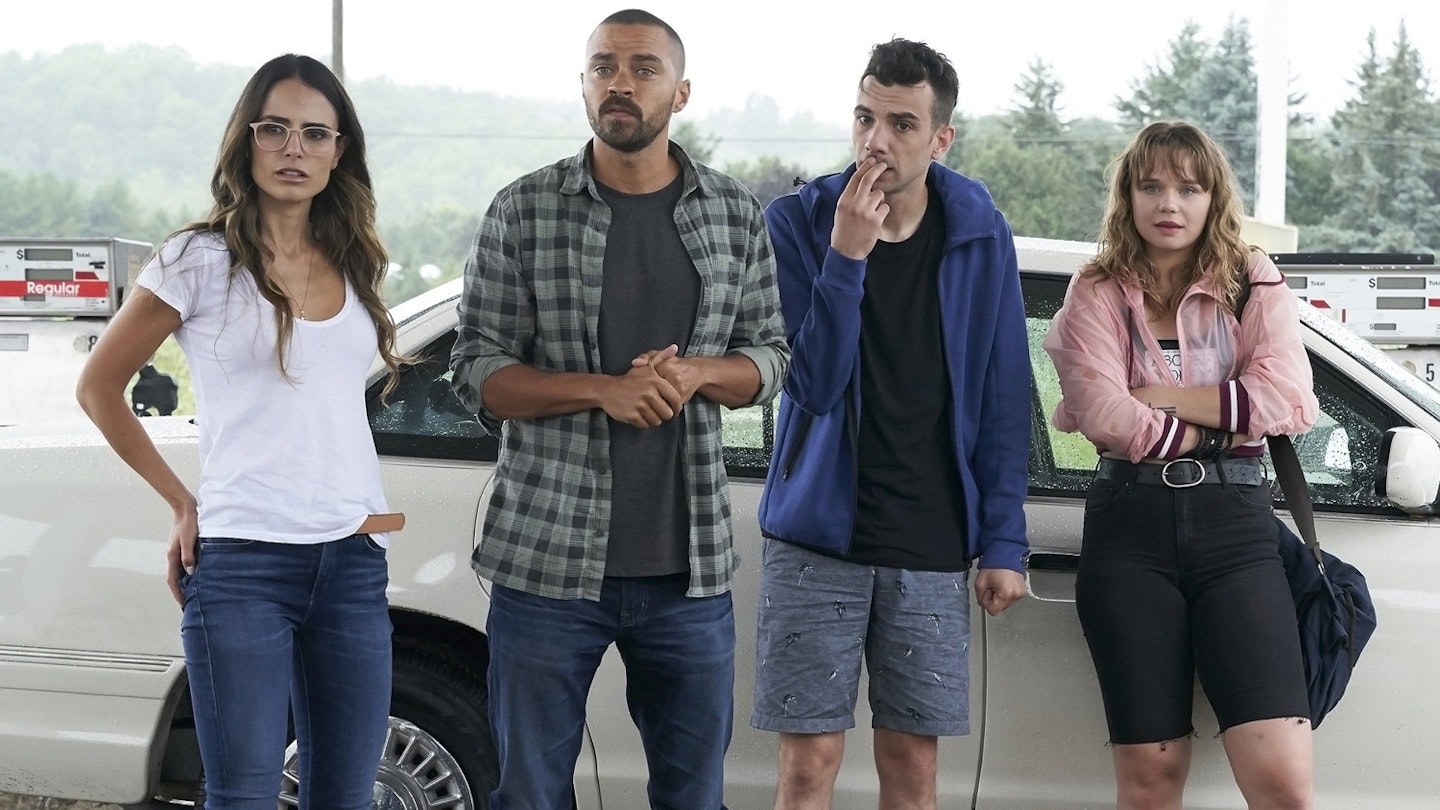If you made a fortune voicing a sidekick to an animated dragon, what would you do with it? Jay Baruchel, Hiccup, best pal of Toothless in the How To Train Your Dragon series, has used the money to support a fledgling directing career. And on the evidence of Random Acts Of Violence, it seems a good choice. An entertaining if not perfect attempt to add some brainfood to a grindhouse flick, Baruchel’s second film after hockey comedy Goon: Last Of The Enforcers might not have a lot to say about the links between real life and fictional violence, but it does it with a lot of imagination and chutzpah that bodes well for Baruchel’s filmmaking future.
Baruchel shows a lot of flair and promise as a director.
Canada-based comic-book writer Todd (Jesse Williams, constantly intense and wide-eyed) is the creative force behind Slasherman, an über-violent comic book with a protagonist modelled on a real-life serial murderer, the ‘I-90 Killer’. While Todd wants to end the series to garner more critical respect, he has writer’s block on the best way to finish it. So, with his girlfriend Kathy (Jordana Brewster), who is writing a book on the victims of the I-90 Killer, his publisher Ezra (Baruchel) and assistant/wannabe artist Aurora (Niamh Wilson) he goes on a road trip to visit the real-life locations of the I-90 murders, with a little bit of publicity thrown in. But as the journey progresses, it becomes evident that someone is replicating the murders in the Slasherman comic books, complete with clue-baiting calls to Todd just before each kill.
Full of logic lapses, overwrought performances and a contrived use of flashbacks, Random Acts Of Violence is never particularly scary. You can see what Baruchel and co-writer Jesse Chabot are going for here, a deconstruction of the joys and need for horrific art while simultaneously delivering the thrills and guts of the splatter genre. If the film never really resolves that dynamic — much of it is ham-fistedly done in on-the-nose dialogue between Todd and Kathy — where the film does score is in Baruchel’s cinematic brio, confidently lending the film a graphic novel style — DP Karim Hussain bathes the film in effective puke-green lighting — conjuring up arresting images (a record player on fire) and finding energy in editing. The film also makes effective use of animated sequences to blur the lines between life and comics. If the film suggests that Baruchel has some way to go as a writer, on this evidence, he is showing a lot of flair and promise as a director.
